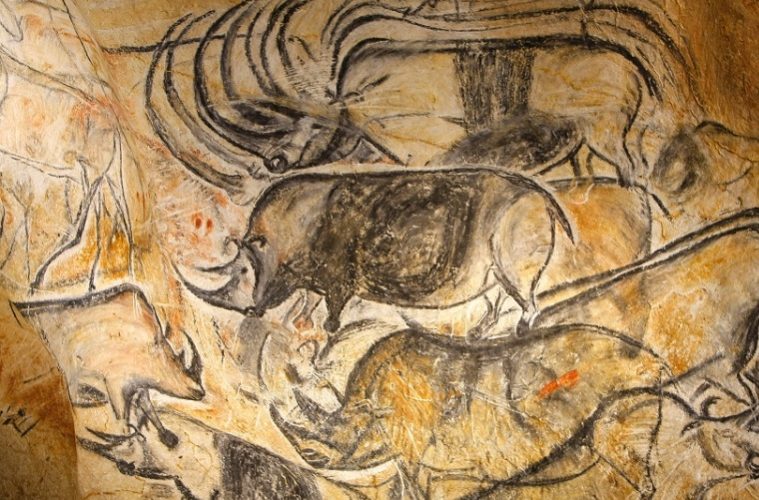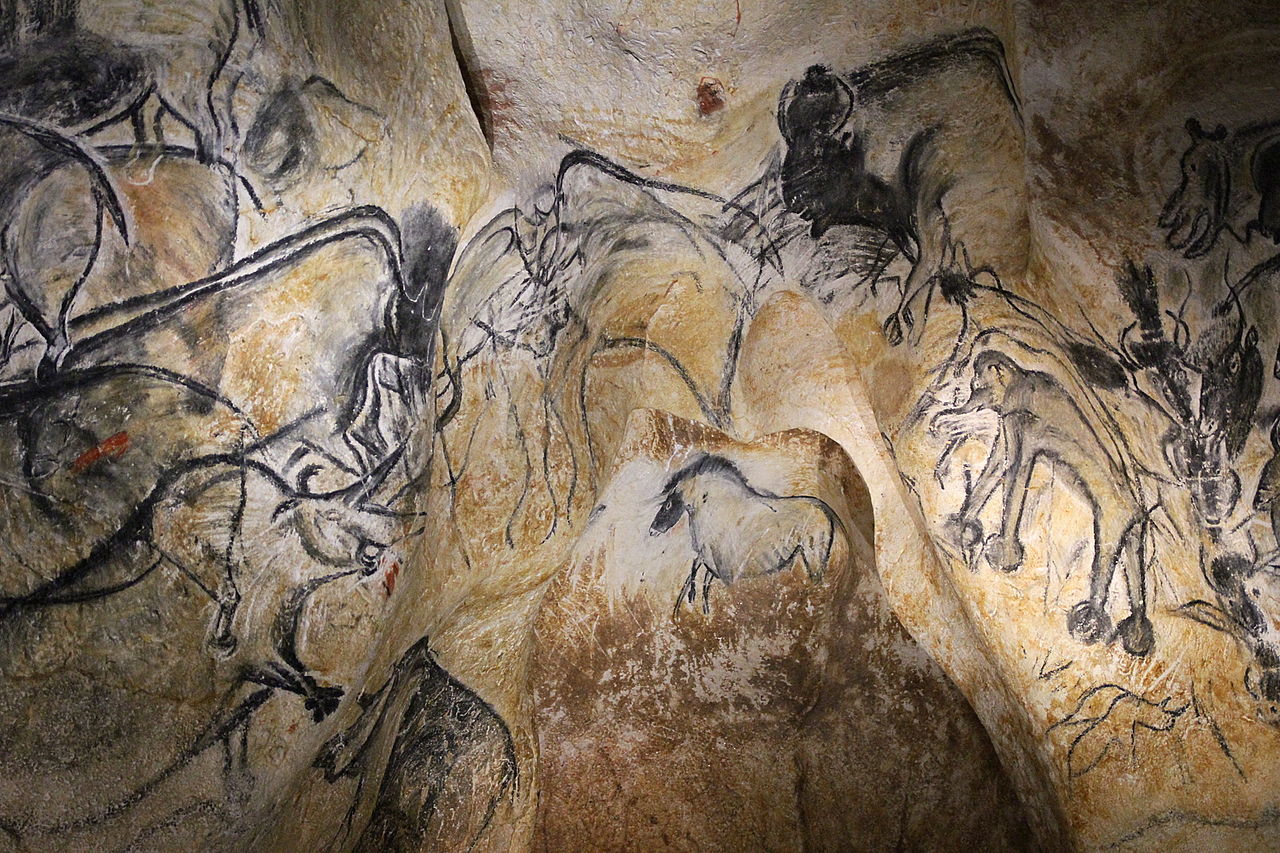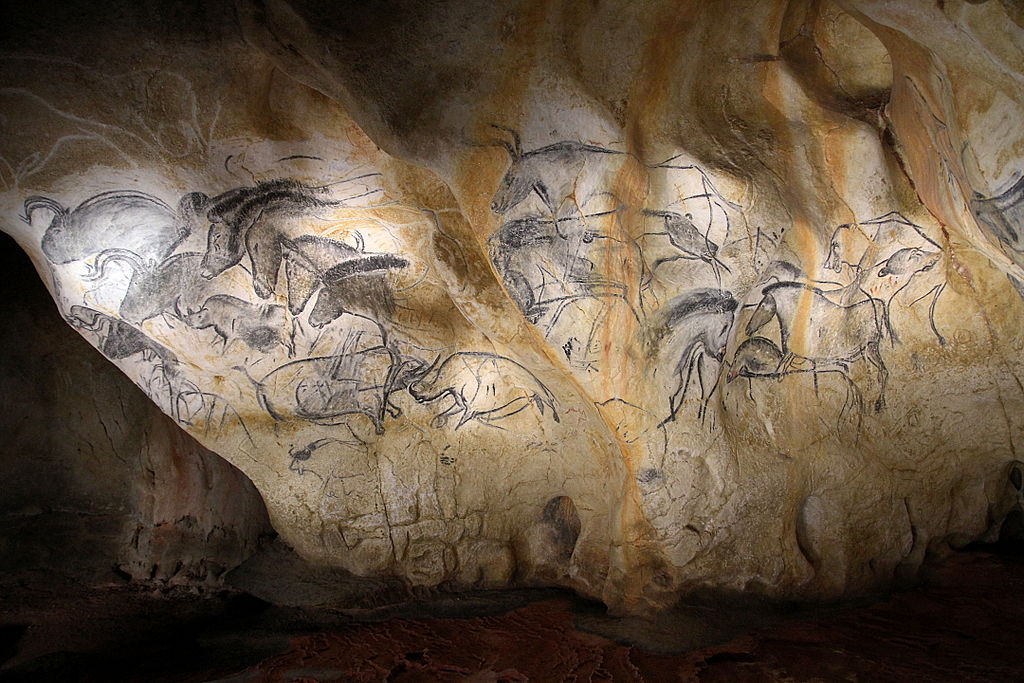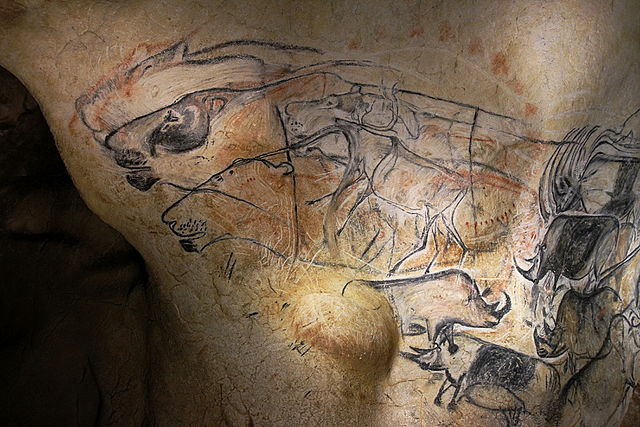Since the beginning of time, man has made his mark on the world – art.
Across the world are examples of parietal art dating from 40,000 years ago that are among the most fascinating discoveries of human culture. Europe itself boasts more than 300 sites, and the first known form of cave painting was discovered in 1870 in Altamira, Spain.
One of the best examples is the Chauvet Cave, in southern France. The cave, near to Vallon-Pont-d’Arc in the Ardeche region, is one of the most famous sites of prehistoric rock art in the world. All except a single painting are ice age and paleolithic art, dating from between 30,000 and 33,000 years ago.
The cave is 430 feet long and dates from the Aurignacian Perion, more than 36,00 years ago. Since its discovery in 1994, more than 1,000 images have been documented of 13 different species of animal, some rarely seen in art of this age. Predatory animals such as cave hyenas, panthers and red bears; deer and cattle; and the animals in the famous Panel of Lions, and Horse Panel.
The Salle du Ford is the deepest of the Chauvet Cave’s chambers. The ceiling soars to almost 7 feet and hanging from it is a vertical limestone cone measuring 3 feet, 6 inches and ending in a point. It is here that the black charcoal drawing of Venus and the Sorcerer is found, a palaeolithic cave painting in near pornographic detail.
Access to sites of rock art are restricted to preserve the paintings and this cave has always been closed to the public, its preservation of worldwide importance, with human exposure limited to just 60 hours each year. The nearby Caverne du Point d’Arc tourist attraction offers visitors the chance to experience the discovery of this ancient art for themselves.
This has been one of France’s most ambitious tourism projects for decades, at a cost of more than €55 million. Despite some negativity, visitors are as close to the original as they may step, and the art has been painstaking recreated across an area approximately one third of the original cave. The attraction is a feat of “artistry and engineering”, as journalist John Malathronas described it.
Complete your prehistoric vacation with cave accommodation. Try Pont d’Arc hotel The Flint, whose four duplex rooms range from the Stone Age, through Ice and Iron Age to the Fund of Ages. Expect pebbled floors, stone baths and driftwood and a private concierge. Nestled in the cliff side, this troglodyte structure faces the Chauvet Cave, site of one of oldest art exhibitions in the world.






